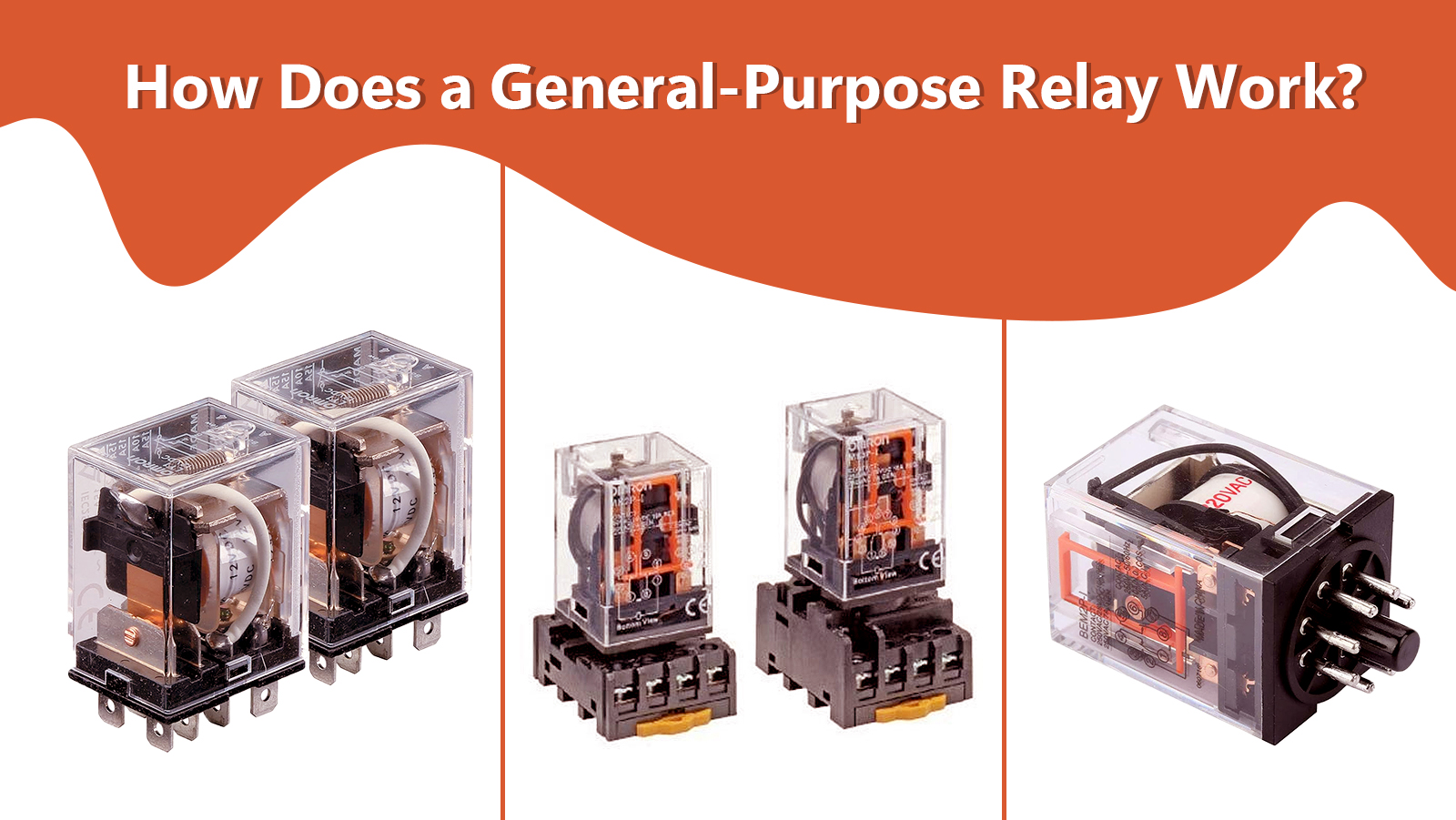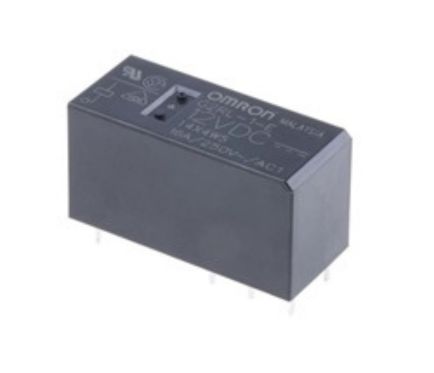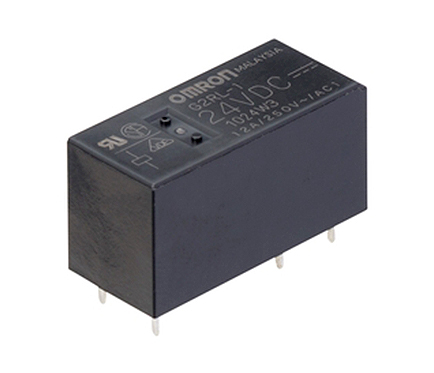General-purpose relays (GPRs) stand as the cornerstone of Omron’s relay technology, catering to a diverse array of needs with their wide variety and exceptional reliability. This blog will delve into the intricate workings of these relays, exploring their origin, applications, and the multitude of options Omron provides to meet various environmental demands and purposes.

How does a general-purpose relay work?
Best Offer Available
Understanding the Basics:
At its essence, a General-Purpose Relay operates as a versatile control component, ensuring high reliability in diverse applications. These relays find themselves indispensable at production sites demanding precise control and in various control systems dealing with electricity, water, and gas.
Applications in Automated Machines:
The primary application of General-Purpose Relays lies in serving as a control circuit, forming a crucial part of relay sequences in automated machines across different production sites. Whether it’s managing lighting, air conditioning, or water treatment systems in buildings, these relays play a pivotal role in ensuring seamless and reliable operation.
Omron’s Diverse Relay Portfolio:
Omron takes pride in offering a vast array of relays designed to cater to specific use environments and purposes. Among these, you’ll find Mini-power relays, latching relays, and more, each tailored to meet the unique demands of different scenarios.
Mini-Power Relays:
Omron’s Mini-Power Relays are engineered to provide compact yet powerful solutions for various applications. These relays are known for their efficiency, offering a reliable means of control while maintaining a smaller footprint.
Latching Relays:
Latching Relays, another subset of Omron’s General-Purpose Relays, offer a unique advantage with their ability to maintain their state even after power is removed. This feature makes them ideal for applications where power efficiency and energy savings are paramount.
Meeting Varied Environmental Needs:
Omron recognizes that different environments demand different relay solutions. Whether it’s a need for compactness, high efficiency, or specific features like latching capabilities, their range of relays addresses these requirements effectively.
Applications in Energy-Efficient Practices:
- Controlled Power Distribution:
GPRs act as gatekeepers in power distribution, ensuring controlled and optimized energy flow. By regulating the flow of electricity to various components, they prevent unnecessary power consumption and contribute to overall energy efficiency.
- Smart Building Management:
In modern buildings, GPRs are integral to smart management systems. They control lighting, air conditioning, and other electrical systems based on real-time demands, maximizing energy efficiency and minimizing wastage.
- Industrial Automation:
In industrial settings, where automated machines are prevalent, GPRs dictate the sequence of operations. By efficiently managing the switching of electrical circuits, they prevent unnecessary power usage, resulting in enhanced energy efficiency.
Product Series Specifications:
Various GPR series, such as ALF, ADW1, ALQ, JW, and S Series, offer a spectrum of options catering to different application requirements. These relays come with specific features and capabilities, allowing users to choose the most suitable variant for their energy-efficient needs.
Features Enhancing Energy Efficiency:
- Contact Number and Configurations:
With configurations ranging from normally closed (NC) to normally open (NO) and contact numbers from 1 to 4, GPRs provide flexibility in adapting to diverse electrical systems.
- High Switching Currents:
Capable of handling switching currents of up to 16 A, GPRs facilitate the efficient control of electrical loads, ensuring smooth operations without unnecessary power strain.
- Low Coil Power Consumption:
GPRs are designed with an emphasis on low coil power consumption, aligning with the broader goal of reducing overall power usage.
Contributing to a Sustainable Future:
By preventing energy wastage, optimizing power distribution, and enabling smart automation, GPRs become pivotal players in the pursuit of sustainability. As industries and buildings strive for energy efficiency, these relays serve as crucial components in achieving those goals.
Conclusion:
In the realm of energy efficiency and reduced power consumption, General-Purpose Relays emerge as indispensable assets. Their adaptability, reliability, and role in smart systems position them as key contributors to a sustainable and eco-friendly electrical landscape. As we continue to prioritize energy conservation, the silent efficiency of GPRs will undoubtedly play a crucial role in shaping a greener future.



